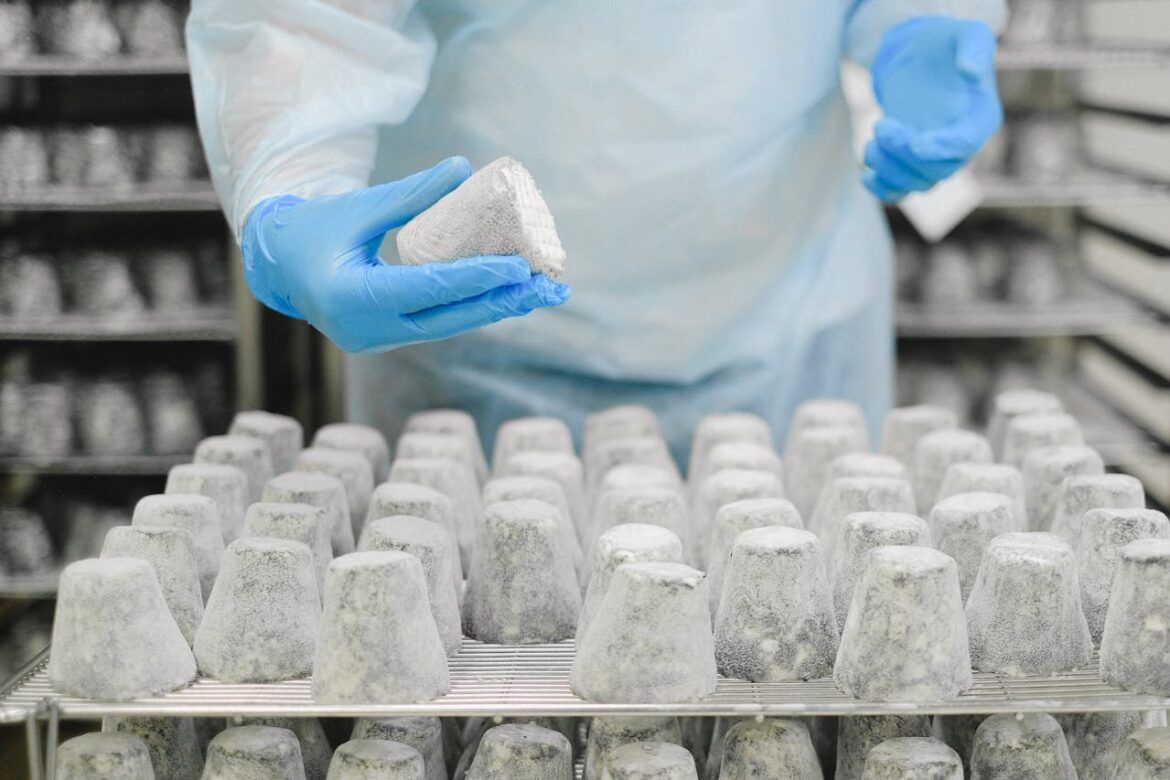U.S. Biotech Companies Lead the Cellular Agriculture Revolution
Advancing Food Security with Lab-Grown Meat, Dairy, and Seafood
In August 2024, the U.S. biotech industry has positioned itself at the forefront of the cellular agriculture revolution. This cutting-edge approach addresses pressing global challenges related to food security, particularly as the world’s population continues to grow and natural resources dwindle. By focusing on lab-grown meat, dairy products, and seafood, U.S. companies are not only innovating food production but also aiming to reduce the environmental footprint associated with traditional farming practices.
What is Cellular Agriculture?
Cellular agriculture is a sustainable farming method that revolves around cultivating animal cells in a controlled laboratory setting. This process produces food items that do not require raising or slaughtering animals, essentially allowing for the generation of meat and dairy products identical to those derived from conventional livestock. By utilizing bioreactors to harness the power of these animal cells, companies are creating an efficient and ethical alternative to traditional food sources. According to Lisa Green, a specialist in biotechnology, “Cellular agriculture is a revolution for sustainable food systems. It’s tackling climate and ethical concerns head-on.”
Key Developments in Cellular Agriculture
Several pioneering companies are leading the charge in the cellular agriculture sector. Notably, Upside Foods and Good Meat are scaling production of cultivated chicken and beef, making these products increasingly accessible to consumers through both retail and gourmet restaurant channels. Meanwhile, Perfect Day is utilizing precision fermentation techniques to create animal-free milk and cheese, offering a viable alternative for those seeking dairy products without the use of animal ingredients. Similarly, startups like Wildtype are innovating by developing lab-grown seafood options such as shrimp, salmon, and tuna, catering to the growing demand for sustainable and ethically produced seafood.
Environmental and Consumer Benefits of Cellular Agriculture
The benefits of cellular agriculture extend far beyond merely offering strain-free food options. A significant advantage is its potential to mitigate climate change by reducing greenhouse gas emissions typically associated with livestock farming. Additionally, cellular agriculture offers a more efficient use of natural resources, resulting in lower requirements for land use and water consumption when compared to traditional agricultural operations. Furthermore, this method guarantees the elimination of antibiotics in food production processes, which enhances consumer safety. As these products reach the market, consumers are likely to find consistent quality and safety in the food they purchase, making cellular agriculture a compelling option.
Challenges in Scaling Cellular Agriculture
Despite the significant promise offered by cellular agriculture, there are still formidable challenges that need to be addressed to ensure its successful proliferation. One of the primary obstacles is the high production costs associated with cultivating animal cells. However, ongoing investments in technology and infrastructure are paving the way for decreased costs, making these products more affordable for large-scale production. Additionally, regulatory hurdles present another challenge; while progress is being made, the approval processes from the FDA and USDA remain complex and can slow the rollout of new products within the industry.
The Future of Food Production
As the momentum in the cellular agriculture sector accelerates, 2024 is set to become a pivotal year for the future of food production in the United States. Continued advancements, coupled with growing public acceptance and demand for sustainable food options, may see these innovative products gain a solid foothold in consumers’ diets nationwide. Biotech companies are continuously experimenting and refining their processes, which enhances the quality and accessibility of cellular agriculture, ultimately broadening the range of offerings available to consumers.
Conclusion
The cellular agriculture revolution represents an essential shift towards a more sustainable and ethical food system. U.S. biotech companies are leading this transformation, crafting solutions that not only address food security but also lessen the environmental impact of conventional farming practices. As industry challenges are overcome, and with growing consumer support, the future of food production looks to be both innovative and promising. This evolution will likely enhance the global food supply while respecting ethical considerations and sustainability.
FAQs
What is cellular agriculture?
Cellular agriculture refers to the cultivation of animal cells in a controlled environment to produce food products, such as meat and dairy, without the need for traditional livestock farming.
What are the environmental benefits of cellular agriculture?
Cellular agriculture results in reduced greenhouse gas emissions, lower land use, and decreased water consumption compared to conventional farming techniques.
Are there any regulatory challenges for cellular agriculture?
Yes, cellular agriculture faces regulatory hurdles, particularly with obtaining approvals from the FDA and USDA, which can delay the rollout of newly developed products.
How does cellular agriculture impact food safety?
By eliminating the need for antibiotics in food production and allowing for consistent quality control, cellular agriculture enhances food safety for consumers.
What major companies are involved in cellular agriculture?
Prominent companies include Upside Foods, Good Meat, and Perfect Day, which are all developing lab-grown meat, dairy alternatives, and sustainable seafood options.

